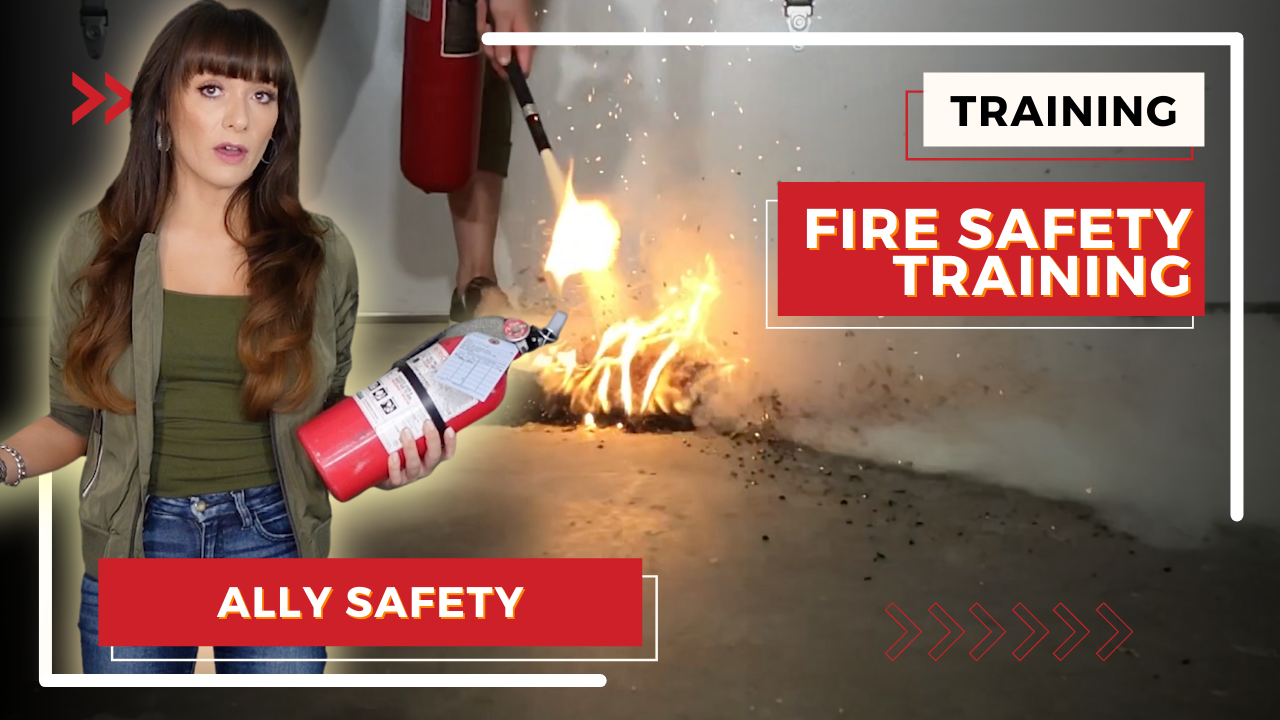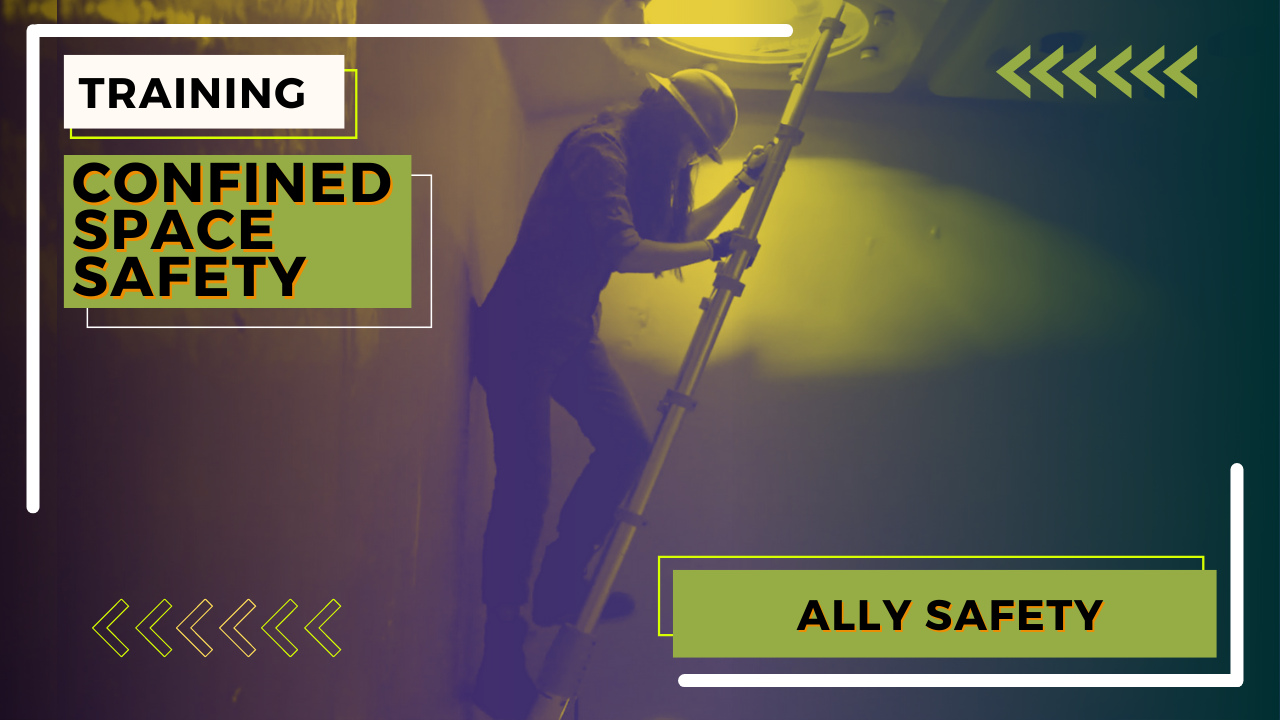Ensuring workplace safety is crucial, especially in heavy industries. One key aspect is understanding fire extinguisher types. These tools are vital for quickly managing small fires before they escalate. The Occupational Safety and Health Administration (OSHA) sets guidelines to ensure workplaces have the right extinguishers and trained personnel, enhancing overall safety.
Fire extinguishers have evolved significantly. From simple beginnings, they have become sophisticated safety devices. For a deeper dive into their evolution, see the History of Fire Extinguishers. Today's fire extinguishers are designed to handle different fire types efficiently.
Understanding Fire Extinguisher Classes
Knowing the different classes of fire extinguishers is key in workplace safety. Each class targets specific fire types, ensuring effective responses. Here's a quick guide:
- Class A: For ordinary combustibles like wood and paper. Essential in offices and warehouses.
- Class B: For flammable liquids like gasoline and oil. Crucial in places storing these substances.
- Class C: For electrical fires. Non-conductive and safe for live electrical equipment.
- Class D: For combustible metals like magnesium. Found in industrial settings.
- Class K: For kitchen fires involving oils. A must in commercial kitchens.
Selecting the right extinguisher class is vital for effective fire management, minimizing damage, and ensuring safety.
Focus on Class A and Type K Fire Extinguishers
Class A Fire Extinguisher
Class A extinguishers are crucial for fires involving ordinary combustibles. Common in offices and schools, OSHA stresses their accessibility and regular maintenance for quick and effective use.
Type K Fire Extinguisher
Type K extinguishers are essential for fires involving cooking oils, transforming them into non-flammable substances. OSHA requires these in high-risk areas like restaurants, emphasizing accessibility and upkeep.
Understanding the roles of Class A and Type K extinguishers is vital for workplace safety. Regular training ensures these tools are used effectively. For more, checkout our Fire Extinguisher Use Toolbox Talk.
Effective Fire Extinguisher Use
Knowing how to use a fire extinguisher can make a critical difference. Here are some practical tips:
- Remember PASS: Pull the pin, Aim low, Squeeze the handle, Sweep side to side.
- Assess the Fire: Ensure it's small and manageable. Evacuate if it's too large.
- Keep an Escape Route: Always ensure a clear path to exit.
- Regular Training: Conduct regular training and drills. For more, visit Fireline.
Regular training and these tips can significantly enhance fire response capabilities. For comprehensive training, explore Fire Prevention Safety Training.
Technological Advancements in Fire Extinguishers
Fire extinguisher technology continues to advance, offering more efficient and user-friendly solutions. Here are some trends:
- Smart Extinguishers: Equipped with sensors for automatic alerts.
- Eco-Friendly Solutions: Use environmentally friendly agents.
- Improved Design: Lighter and ergonomic for ease of use.
- System Integration: Integrated with building systems for better monitoring.
For more on technological advancements, visit Fire and Safety Journal Americas. These innovations improve safety and compliance, making workplaces safer.
OSHA Fire Extinguisher Requirements
Adhering to OSHA's fire extinguisher guidelines is crucial for workplace safety. Key points include:
- Placement: Extinguishers must be accessible, within 75 feet of employees.
- Maintenance: Monthly visual inspections and annual checks are required.
- Training: Employees must be trained on extinguisher use and types.
Following these requirements enhances safety and reduces fire-related risks. For written safety programs, visit Written Safety Programs.
Enhance Safety with Ally Safety Resources
Ally Safety is committed to workplace safety with comprehensive resources. Our toolbox talk video membership offers over 130 engaging videos to keep your team informed and prepared.
- Toolbox Talk Video Membership: Short-form videos to educate your workforce.
- Safety Training Courses: Cover essential safety topics, ensuring compliance.
- Downloadable Resources: Printable talks and templates to support safety initiatives.
- Safety Merchandise: Promote a safety culture with our merchandise.
Explore Ally Safety for resources that aid compliance and foster a proactive safety culture.


Leave a comment
All comments are moderated before being published.
This site is protected by hCaptcha and the hCaptcha Privacy Policy and Terms of Service apply.